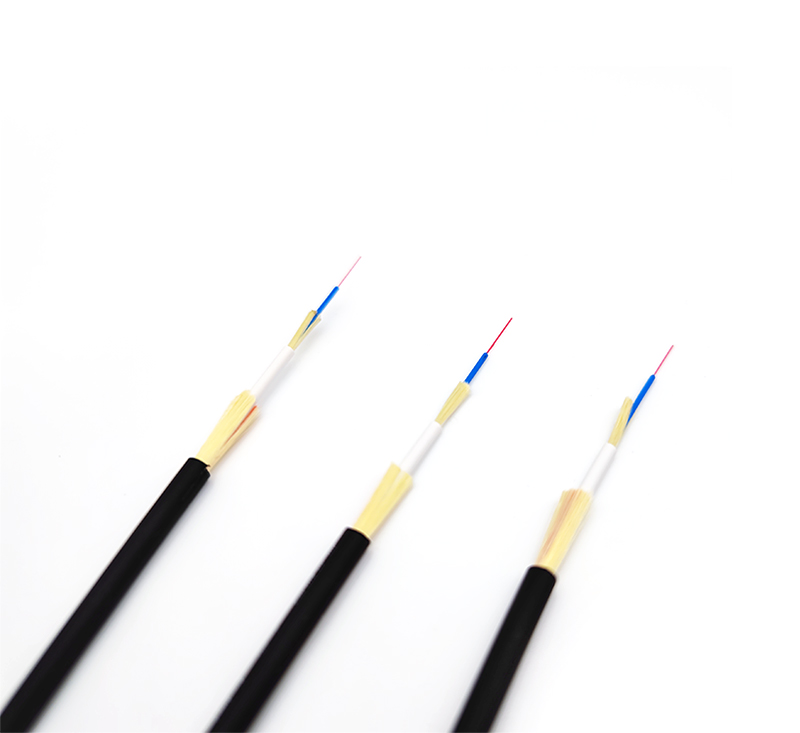Multi Mode Fiber: The central glass core is thicker (50 or 62.5μm), which can transmit light in multiple modes. But its intermodal dispersion is large, which limits the frequency of transmitting digital signals, and it will be more serious with the increase of distance. For example: 600MB/KM fiber has only 300MB bandwidth at 2KM. Therefore, the distance of multimode fiber transmission is relatively short, generally only a few kilometers.

Single mode fiber (Single Mode Fiber): The central glass core is very thin (the core diameter is generally 9 or 10 μm), and only one mode of light can be transmitted. Therefore, its intermodal dispersion is very small, which is suitable for long-distance communication, but there are also material dispersion and waveguide dispersion, so the single-mode fiber has higher requirements on the spectral width and stability of the light source, that is, the spectral width should be narrow and stable. Be good. Later, it was found that at the wavelength of 1.31 μm, the material dispersion and the waveguide dispersion of the single-mode fiber are positive and negative, and the magnitudes are exactly the same. This means that at a wavelength of 1.31 μm, the total dispersion of a single-mode fiber is zero. From the loss characteristics of the fiber, 1.31μm is just a low-loss window of the fiber. In this way, the 1.31μm wavelength region has become an ideal working window for optical fiber communication, and it is also the main working band of practical optical fiber communication systems. The main parameters of 1.31μm conventional single-mode fiber are determined by the International Telecommunication Union ITU-T in the G652 recommendation, so this fiber is also called G652 fiber.










